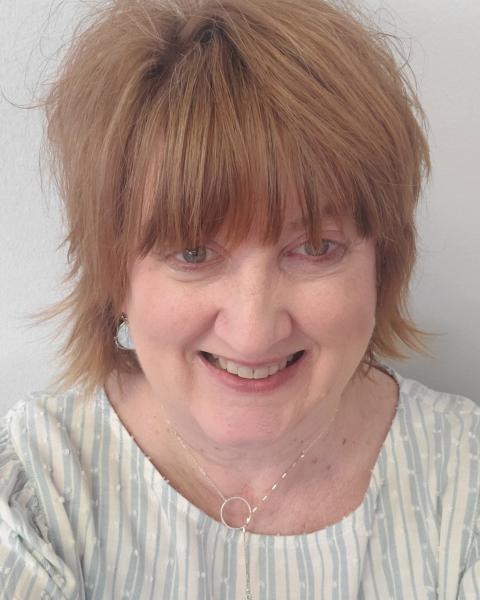More Than the Winter Blues... Bring Some Joy Back This Season
Tis the season to be jolly, but for many it can be blue. Seasonal Affective Disorder (SAD) is a type of depression people experience by means of a significant mood change when the seasons change. SAD typically lasts about 40% of the year. It is recognized as a mental health disorder. Most often this occurs during the fall and winter months where the sunlight decreases and the days get shorter. People wake up in the dark and return home from work in the dark. Alaska, New Hampshire and Vermont are the states most affected by SAD according to a QuoteWizard 2020 study.
There are a variety of SAD symptoms that people can experience:
Symptoms:
- Feeling anxious or sad
- Feeling helpless
- Loss of interest in things that you usually enjoy
- Decreased energy
- Fatigue or sleeping to much
- Difficulty concentrating or ambiguous to making decisions
- Thoughts of suicide
- Weight gain
- Overeating, craving carbohydrates
- Irritability or short-temper
- Withdrawing socially (like hibernating)
Treatment for SAD can include light therapy, antidepressant medications and talk therapy. Light therapy is designed to simulate sunlight and trigger the release of serotonin in the brain. Vitamin D supplements have been used by many to improve symptoms.
Ring in the New Year with these tips for coping with SAD and depression
- Your are not alone - SAD affects 10 million Americans or 5% of the population. Women are four times as likely to b3e diagnosed with SAD than men. SAD is real and treatable. Don't brush off symptoms to just having the "winter blues."
- Walk it out - Physical and mental health are closely linked. Take a walk and enjoy the sights and sounds of winter, possibly with friends or as a family activity.
- Light up your life - Light therapy can be effective if used regularly as the benefits accrue over time. When possible, enjoy all the natural light that you can.
- Hibernate with people - If you feel like hibernating make room for those who make you happy. Spend quality time enjoying their company and lifting your mood.
- Seek help - Be aware of your negative thought patterns. Challenge what you say to yourself. Cognitive Behavioral Therapy helps people learn tools to change thinking patterns and improves mood. Talk to a qualified therapist about treatment if you need to seek out professional help.
- Stress less - This time of year can be stressful for many and can become overwhelming. Excessive stress can make the symptoms of SAD even more pronounced. Seek to bust stressful encounters by planning ahead by reducing the number of stressful activities or events. Read that book you have shelved because you were too busy or try that new bubble bath. Make time for yourself and indulge in some self-care.
- Tis the Season - Celebrate the winter with your favorite activities. Do the things that you love. It can be as simple as sipping some hot chocolate or warm cider, to cross country skiing or making a snowman. Maybe dusting off that warm and cozy sweater or sitting in front of a warm fire. There is joy to be found during this season.
Don't brush off how you feel and chalk it up to the winter blues, especially if symptoms reoccur every season. Seek professional help to get a diagnosis and treatment plan. If you are in crisis or know someone, contact the Suicide and Crisis Lifeline at 988.
Sources:
American Psychiatric Association SAD
Anxiety and Depression Association of America Facts and Statistics
Mayo Clinic Seasonal Affective Disorder
Check Out Our New Health & Well-Being Page
Our specialists help create healthy people and healthy places in New Hampshire.
Featured LINK
Mental Health Resources for New Hampshire - a printable county-specific guide to help New Hampshire residents find local, state, and national mental health resources.

